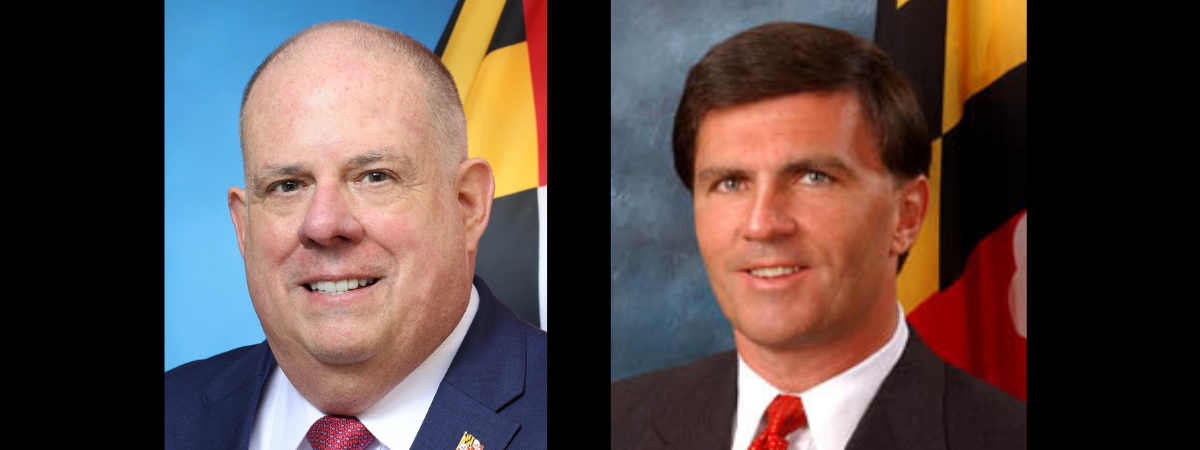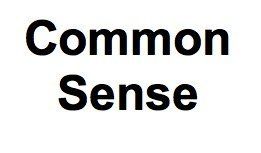Could Salisbury’s ‘Here is Home’ Program be the Solution to Maryland’s Housing Crisis?

For seven years I’ve served as mayor of Salisbury — my hometown — a fast-growing, young, and diverse city of 35,000 people, anchoring the Salisbury Metropolitan Area of 428,000 on the Delmarva Peninsula. In May 2021, I returned from a year-long deployment to East Africa. The call from Uncle Sam meant that I had to leave my city at a most critical time. I came home to numerous challenges. Some of them I anticipated: economic recovery, public health protection, racial justice, and criminal justice reform.
Others were a surprise. Our geography, forces of the pandemic, migration patterns, and the national housing shortage have forced us into a new crisis: a housing crisis. Right now, there is a newly recruited doctor at TidalHealth hospital in downtown Salisbury, with a competitive salary, signing the mortgage paperwork for her new home in southern Delaware, because after months of searching, no house came available in Salisbury. Right now, there is a couple with three children living in East Salisbury, paying $1,850 per month to rent their small house — a rate that has risen steadily, year after year. Their wages haven’t risen to match, despite working two jobs each. They struggle to make rent and keep creditors off their backs. Right now, there is a mom staying at our HALO Homeless Shelter with her 11-year old daughter, on the city’s waiting list for housing.
This crisis is multifaceted. Certainly, there is a supply problem; demand is high, and we have not nearly enough housing units. Affordability is the victim, with rents and home prices surging, putting both out of reach for many. The consequence, with sunsetting protections that kept families in their homes, is that more of our residents are losing the roof over their head. We had to act.
Six months ago, I announced a “Here is Home” comprehensive program to turn the situation around. The package, unanimously adopted by our City Council, presses on three levers: housing supply, affordability, and homelessness. Our tool to kick-start new housing supply is a permit fee moratorium. Yes, governments love their revenue, but what we once considered sacred must be placed on the table if we are truly in crisis. For a 90-day period, we accepted new housing development submissions, waiving all water/sewer connection, building, annexation, and other fees. The signed agreements require upfront fee payment, all of which will be returned as developers meet program timelines, leading to occupied housing by October 2025.
I cannot tell you what I expected, but what we received shocked us all. Within 90 days, our city of 15,000 housing units received applications to build 8,049 more homes, apartments, assisted living units, and townhomes. That will represent a 60% increase in homes and population. Our total residential assessable base is $800 million. The submitted construction applications represents another $1.4 billion in housing. That’s a 175% increase in residential real estate value and a possible 67% increase in our total assessable base.
To address affordability, we established a guaranteed minimum Payment In Lieu Of Taxes (PILOT) for all affordable housing and waived all property taxes for the land held by Habitat for Humanity and similar organizations. The reaction was immediate. Habitat subsequently purchased new lots and quickly started construction on new homes.
Exciting as this is, our fundamental obligation is to the safety and humanity of our citizens with the greatest need. In 2017 we began permanently housing our chronically homeless. We have since housed 33 of Wicomico County’s estimated 100 chronically homeless persons. But many more remain on the street, waiting for us to expand vouchers or to find other housing for them. As a result, we are building the Anne Street Village — a village of 24 transitional housing units for our chronically homeless neighbors whom we are working with to get into permanent housing. They will be offered jobs through our Way to Work jobs program and provided intensive case management by social workers.
My hope is that our program not only alters the course of Salisbury’s housing crisis, but that it offers a template that other Maryland communities can adapt to suit their conditions. In the coming year, Maryland’s leaders must determine what they are willing to do to relieve the housing shortage, affordability crisis and homelessness crisis that we are experiencing from the Eastern Shore to Baltimore to Western Maryland. Time will tell whether our crisis is indeed solved, but I am certain our response will provide some much-needed relief and ultimately help more people say of Salisbury that “Here is Home.”
This article was originally published in the Baltimore Sun.
Jake Day is mayor of Salisbury and president of the Maryland Municipal League.
Common Sense for the Eastern Shore







